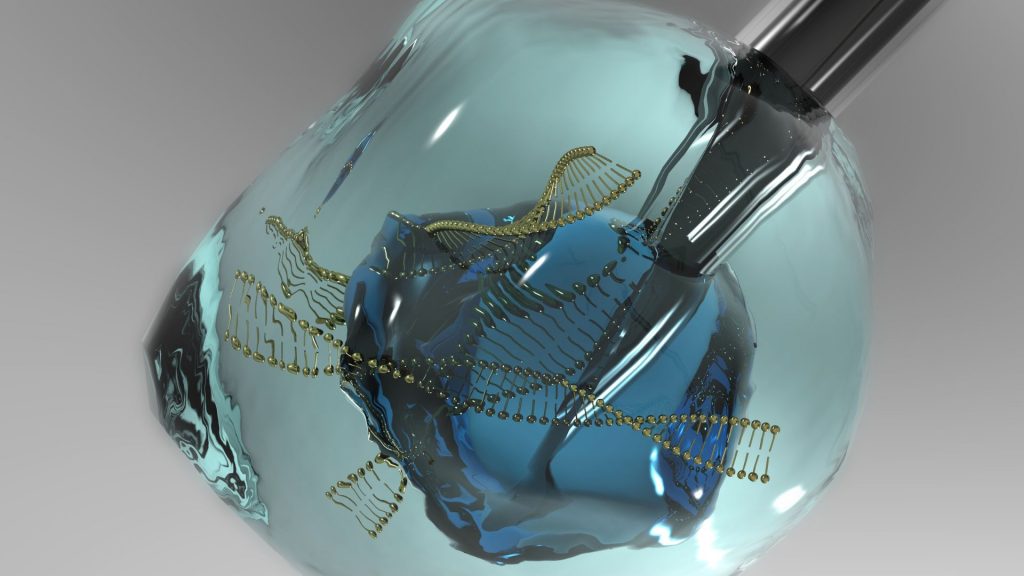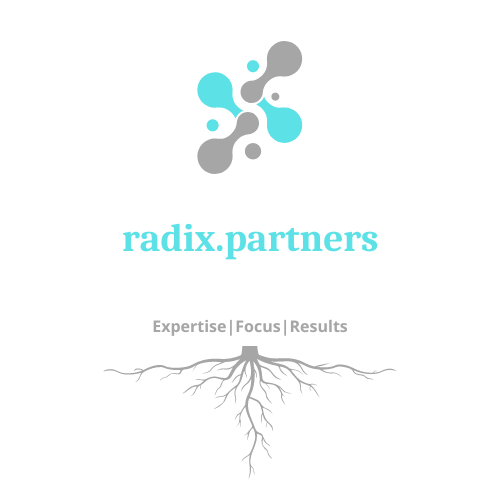The rise of cell and gene therapies (CGT) has introduced groundbreaking treatments, but scaling their manufacturing has proven to be a major hurdle. Traditional production methods have struggled to meet the rising demand for these complex therapies. Enter automation—ushering in a new era where speed, precision, and efficiency redefine the manufacturing process. With robotic systems, AI-driven analytics, smart technologies, and automated supply chains, automation is streamlining every step, from cell processing to final product packaging, making CGT more accessible and reproducible.
“In the world of cell and gene therapy, automation is not just a tool—it’s a catalyst for transformation. With every data-driven insight, and every automated process, we move closer to a future where these groundbreaking therapies are no longer a promise, but a widespread reality. And at the heart of it all, an integrated, resilient supply chain ensures these therapies reach patients when they need them most, bridging innovation and access.”
Robotic Systems: Precision and Scalability
Robotic systems have emerged as game-changers in CGT manufacturing. These machines are capable of executing highly precise, repetitive tasks with consistent accuracy, such as cell sorting, culture, and harvesting. Unlike human operators, robots don’t tire, reducing the chances of contamination or variation in the therapeutic products. This high level of precision is critical for producing patient-specific treatments, where even the smallest deviation can affect treatment efficacy. Additionally, robotics enable manufacturing to scale up without compromising the personalized nature of cell and gene therapies, meeting the increasing demand while maintaining the quality and integrity of each batch.

AI-Driven Analytics: Unlocking Efficiency and Insights
AI-driven analytics are transforming data management in CGT manufacturing. Through machine learning algorithms and predictive modeling, AI can monitor and analyse vast quantities of real-time data to optimise the production process. For example, AI can predict optimal cell culture conditions, adjust environmental factors, and identify early signs of process failure before they occur. These insights enable manufacturers to take proactive measures, reducing costly errors, improving batch consistency, and ensuring high-quality production. Moreover, AI’s ability to continuously learn and adapt to new data makes it an invaluable tool for ongoing improvements in CGT processes.
Supply Chain Systems: Building Efficiency and Resilience
The complexity of CGT production is not limited to the manufacturing floor. Supply chains in CGT are intricate, involving the transportation of raw materials, cell samples, and final products across various stages. Automation in supply chain management can streamline these processes, ensuring timely delivery and reducing potential disruptions. Through smart logistics, real-time tracking, and automated inventory systems, manufacturers can monitor every step of the supply chain, ensuring that products reach the right place at the right time. Moreover, automated supply chain systems provide real-time visibility into potential bottlenecks or shortages, helping companies respond faster and with greater flexibility. This enhanced visibility and responsiveness not only optimise operational efficiency but also ensure that patients receive the right therapies when they need them most.
The Path Forward: Scaling with Automation
By minimising or eliminating human error, ensuring consistent quality, and reducing costs, automation is not just enhancing the production process—alongside a robust and fit for purpose supply chain , it’s paving the way for larger-scale, personalised treatments to be delivered faster and more efficiently. This transformation holds the promise of scaling up CGT production and enhancing the commercialisation infrastructure required, meeting the increasing global demand, and ultimately improving patient outcomes. As the biotech industry embraces these innovations and evolves it’s operational processes, the future of CGT manufacturing looks more promising than ever.
What is your experience with CGT automation and how far are you on this journey? What are the key challenges you have and , more importantly , how can we help?
Please visit http://radix.partners or drop us a line at info@radix.partners in order to connect and share views on this or other topics.

